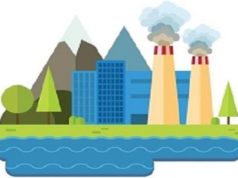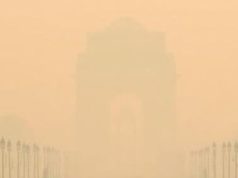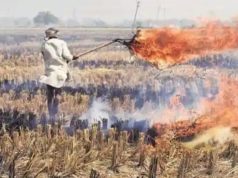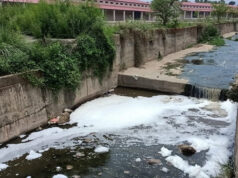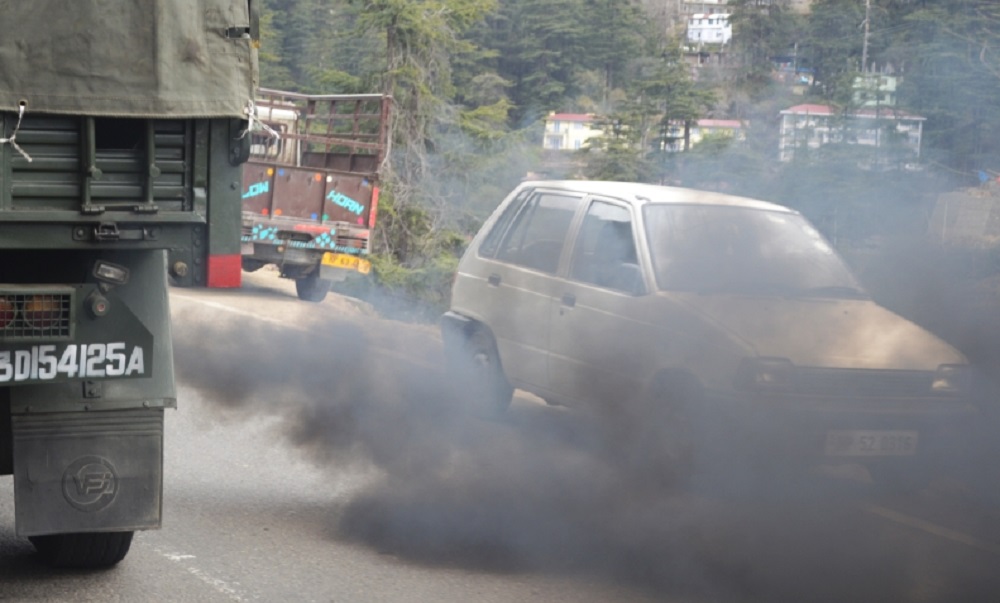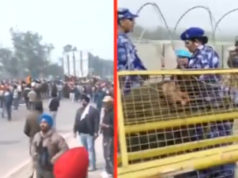Shimla/Nalagarh – In Himachal Pradesh’s largest industrial hub—Baddi-Barotiwala-Nalagarh (BBN)—only 87 out of 2,919 industrial units were fined for environmental violations over the past five years. The figure, revealed by the State Pollution Control Board during the recent Assembly session, raises serious questions about the effectiveness of pollution control enforcement in the region.
Between 2019 and 2024, the Pollution Control Board recovered Rs 3.2 crore in environmental damages from these 87 units under rules laid down by the National Green Tribunal (NGT). These fines were imposed on industries found flouting norms related to air and water pollution.
Despite recovering damages and disconnecting the power supply to 27 non-compliant units—including four stone crushers—activists and locals argue that the number of violators penalised is too low compared to the scale of industrial activity in BBN.
The area is home to 380 red-category industries, 1,404 orange-category, and 1,135 green-category units. Red-category industries—such as cement plants, distilleries, and metal extraction units—pose the highest environmental risk. These are expected to operate under strict pollution control norms, including emission monitoring, effluent treatment, and waste disposal systems.
However, experts point out that enforcement appears inadequate. A recent study by the Centre for Science and Environment flagged industrial clusters like BBN for weak monitoring, infrequent inspections, and delays in action against repeat offenders.
“Just 87 units penalised out of nearly 3,000 suggests either under-reporting or under-enforcement,” said an environmental expert familiar with the BBN region. “In a heavily industrialised zone, it is hard to believe violations are limited to this handful.”
Local residents have repeatedly complained about poor air quality, industrial waste dumped in open spaces, and contaminated water bodies. Medical practitioners in Nalagarh have reported rising cases of respiratory and skin diseases, which many link to unchecked pollution.
Power disconnection, seen as a last-resort punitive measure, was implemented against 27 units only after multiple warnings failed. But environmental groups say that action often comes too late, after significant damage has already occurred.
In its defence, the Pollution Control Board claims it is stepping up enforcement. Officials say real-time emission monitoring systems are being planned for key red-category units, and surprise inspections have been increased in recent months.
Yet, critics argue that real change will require regular audits, stricter timelines for compliance, and holding not just small violators but major players accountable. They also advocate for greater transparency in pollution data and for allowing public access to compliance reports.
With BBN continuing to serve as an economic engine for Himachal Pradesh, the challenge remains to strike a balance between industrial growth and environmental protection. The current numbers suggest that while some action has been taken, much more remains to be done to ensure clean air and water for the region’s residents.




